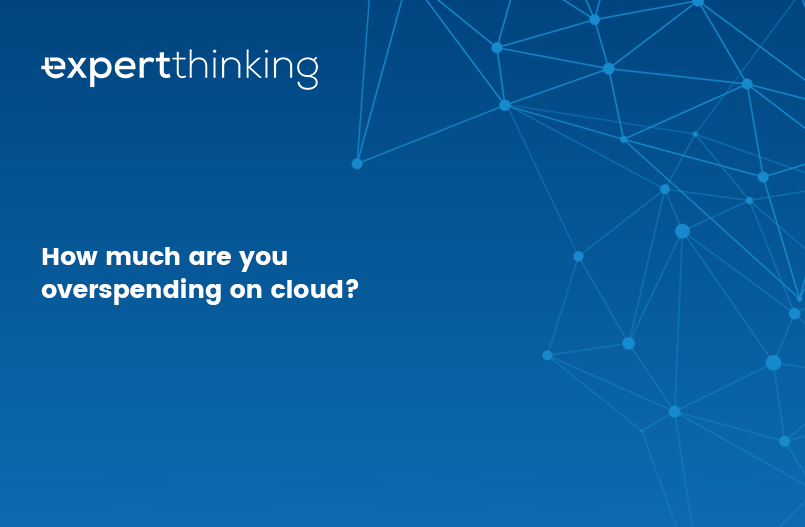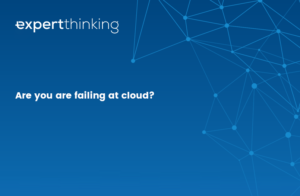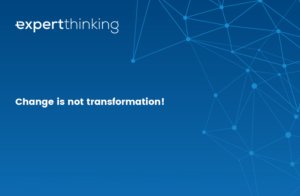So, you have a significant cloud presence and you’re thinking that the costs are looking rather high. No surprise there! It’s a problem that faces pretty much every organisation sooner or later. You think, I’ll check out the statistics on usage and service levels. That should help me save a load of money.
Seems like a smart move. It’s good place to start, yes. But it’s unlikely to deliver the savings you need. You see the thing is, you’re not really getting to the root of the problem. Pretty much all tools tell you how to optimise what you have. Which, if what you have is perfectly designed, with the minimum number of environments, network domains, instances, etc. will get you a good result.
But let’s be honest, when was the last time you looked at your environments (cloud or otherwise) and thought that you had exactly the right number of everything? That everything was perfectly optimised?
The bottom line is that to really optimise your cloud (public, private or hybrid) you need to look at your environment holistically. In general self-service tools will provide insight on:
- Utilisation of assets – vCPU utilisation, storage, I/O etc. However, in many cases they don’t measure memory utilisation out of the box (which if that is the case is a real issue as most applications are memory bound, not vCPU bound – and therefore give misleading metrics on cost benefit)
- Service type – for example with IaaS servers do you want burstable VMs, compute optimised, general purpose or memory optimised (to use the Azure terminology)
- Subscriptions – you probably have “private” or zombie subscriptions – the tooling will, if you provide the data, give you insight to reduce costs and simplify management and support
They’ll give you historical data and from there trend future utilisation. Many will allow you to do scenario analysis as well. There are, however, a few things they can’t tell you:
- Do you have the right number of environments or network domains; do they align with your application development methodologies or patterns?
- When do you move from using Lambda or Azure functions because the cost of service is becoming prohibitive?
- When does pay as you go stop making sense and reserved instances become a better bet?
- What type of reserve instance do you want (generally these come in one, two and three-year options), but did you know you can buy RIs by the month?
And then finally there are the real areas of focus – everything that isn’t cloud:
- How much money are you losing on licensing – because you haven’t optimised the legacy on-premise licence pool? What terms can you extract from your suppliers that may offer real benefit?
- You haven’t considered whether you can optimise your depreciation curve?
- If you’re an international company are you aligning cost of purchase with tax liabilities?
- Have you optimised the cost of people? You went to the cloud but didn’t retrain or re-allocate staff (or indeed you didn’t exit staff).
- Is the application development process aligned with the new freedoms that cloud offer – this is where the real benefit is and needs real insight and expertise to get to the benefits.
Bringing together the technologists and the accountants can really make huge differences in cost of service.
If you haven’t considered all the points outlined above, it’s likely you’re wasting money that could be used to drive genuine business benefit and, with it, increase profitability and/or investment in driving revenue.




